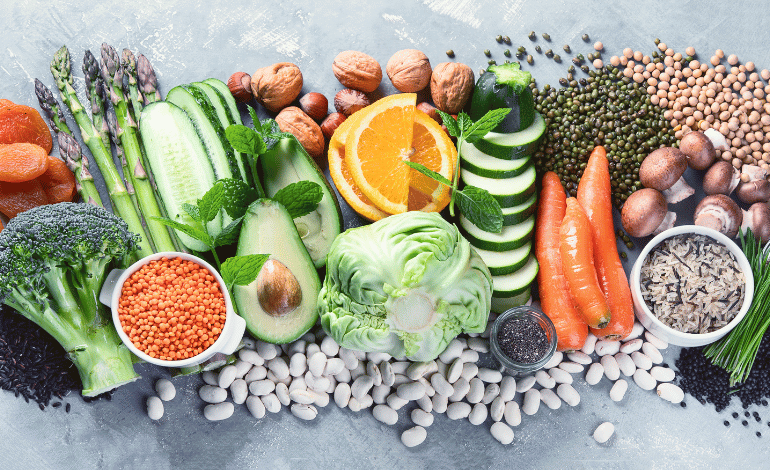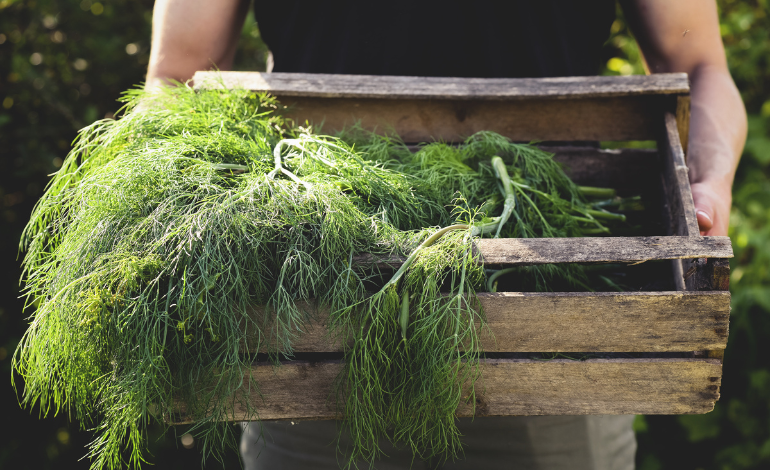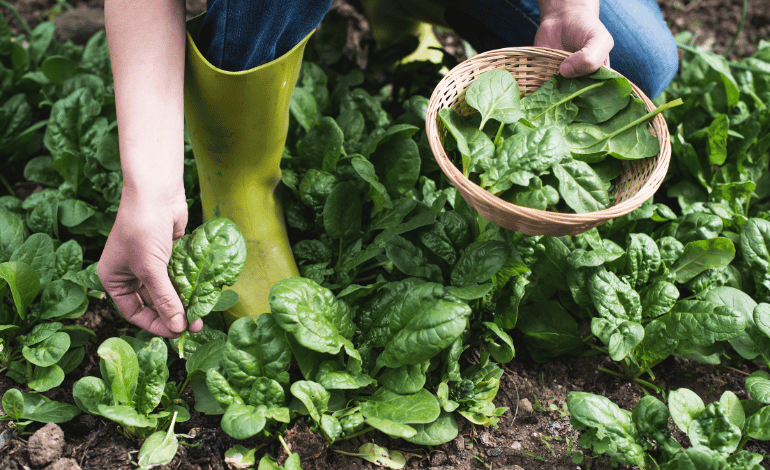Overcome Challenges in Maintaining a Kitchen Garden
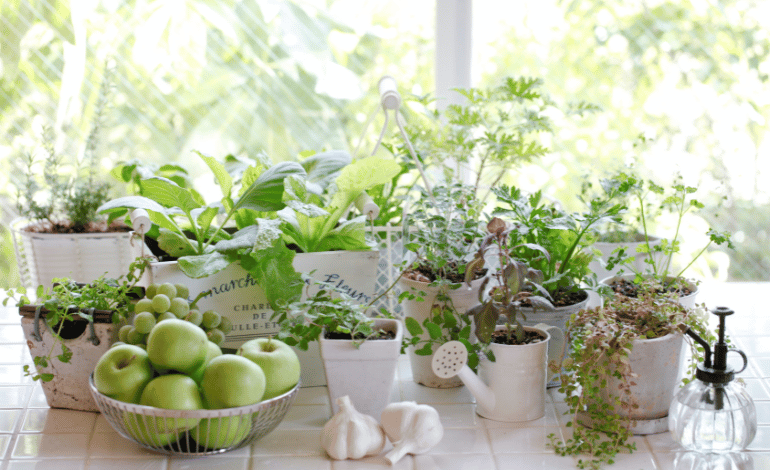
Overcome Challenges in Maintaining a Kitchen Garden: A kitchen garden is a small, sustainable garden that provides fresh herbs, vegetables, and fruits right at your doorstep. It offers a multitude of benefits, such as access to organic produce, reduced grocery bills, and the joy of growing your own food. However, maintaining a kitchen garden can pose several challenges. In this article, we will explore common obstacles faced by gardeners and provide practical solutions to overcome them.
Introduction
Maintaining a kitchen garden requires careful planning and attention to detail. It involves overcoming various challenges, including limited space, poor soil quality, pest and disease control, inadequate sunlight, and proper watering and irrigation. By addressing these challenges effectively, you can ensure a thriving kitchen garden that provides a bountiful harvest.
Understanding the concept of a kitchen garden
Before delving into the challenges, let’s understand what a kitchen garden is. A kitchen garden is a small-scale garden designed to grow vegetables, herbs, and fruits that can be used in cooking. It can be established in a backyard, balcony, or even indoor spaces like windowsills or countertops.
Common challenges faced in maintaining a kitchen garden
Lack of space
One of the primary challenges faced by many aspiring gardeners is limited space. Not everyone has access to a spacious garden or backyard. However, the lack of space should not deter you from starting a kitchen garden.
Poor soil quality
Another challenge is poor soil quality, as it may lack essential nutrients required for plant growth. However, there are various techniques to improve soil fertility and ensure healthy plant development.
Pest and disease control
Pests and diseases can wreak havoc on your kitchen garden. Preventing and controlling these issues is crucial to maintaining a productive garden.
Inadequate sunlight
Insufficient sunlight can hinder plant growth and reduce yields. Finding ways to maximize sunlight exposure is vital for a thriving kitchen garden.
Watering and irrigation
Watering and irrigation can be a challenge, especially during dry spells or when there is a lack of a proper water source. Ensuring plants receive adequate water is essential for their survival.
Overcoming the challenge of limited space
1. Vertical gardening techniques: Vertical gardening utilizes vertical space by growing plants upwards. This can be done using trellises, hanging baskets, or vertical planters, allowing you to make the most of limited space.
2. Container gardening: Growing plants in containers is an excellent solution for small spaces. It offers flexibility in terms of placement and allows you to move plants as needed.
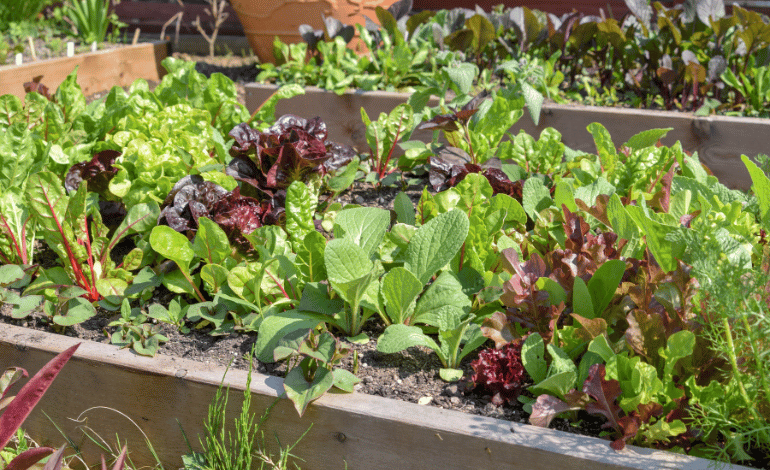
Enhancing soil quality for a thriving kitchen garden
1. Composting: Composting kitchen waste and other organic matter enriches the soil with nutrients, improves its structure, and enhances moisture retention.
2. Mulching: Applying organic mulch such as straw, leaves, or wood chips helps conserve moisture, suppress weeds, and provide a steady release of nutrients.
3. Soil amendments: Adding organic amendments like compost, aged manure, or vermicompost can significantly improve soil fertility.
Effective pest and disease control methods
1. Natural pest repellents: Using natural pest repellents like neem oil, garlic spray, or insecticidal soap can help control pests without harming beneficial insects.
2. Companion planting: Planting certain plants together can repel pests or attract beneficial insects, creating a more balanced ecosystem in your kitchen garden.
3. Crop rotation: Rotating crops each season can disrupt pest and disease cycles, reducing the risk of recurring problems.
Maximizing sunlight exposure in a kitchen garden
1. Choosing the right location: Select a spot for your kitchen garden that receives the maximum amount of sunlight throughout the day.
2. Using reflective surfaces: Placing reflective surfaces like mirrors or aluminum foil strategically can redirect sunlight to shaded areas of your garden.
3. Pruning and trimming: Regularly prune and trim surrounding trees or shrubs to ensure your kitchen garden receives adequate sunlight.
Ensuring proper watering and irrigation
1. Drip irrigation systems: Installing a drip irrigation system delivers water directly to the plants’ roots, reducing water wastage and ensuring efficient watering.
2. Water-conserving techniques: Employing techniques such as mulching, watering in the early morning or evening, and using self-watering containers can help conserve water in your kitchen garden.
Conclusion
Maintaining a kitchen garden comes with its fair share of challenges, but with proper planning and techniques, you can overcome them successfully. By utilizing vertical gardening, enhancing soil quality, implementing effective pest control measures, maximizing sunlight exposure, and ensuring proper watering, you can create a thriving kitchen garden that provides fresh and healthy produce.
Growing Fenugreek In Your Kitchen Garden
Gardening Tools & Equipment for Kitchen Garden
Fresh and Flavorful: How to Grow Spinach in Kitchen Garden!
FAQ
Q1. Can I maintain a kitchen garden if I live in an apartment?
Ans. Absolutely! Living in an apartment doesn’t mean you can’t enjoy the benefits of a kitchen garden. You can opt for container gardening, vertical gardening, or even utilize your balcony or windowsill to grow herbs, vegetables, and fruits. There are many compact and space-saving techniques available that make apartment gardening a reality.
Q2. How often should I water my kitchen garden?
Ans. The watering frequency for your kitchen garden depends on various factors, including the type of plants, weather conditions, and soil moisture levels. Generally, it’s best to water deeply but less frequently. Check the moisture level by feeling the top few inches of soil, and if it feels dry, it’s time to water. However, it’s crucial to monitor your plants’ specific needs as some may require more or less water.
Q3. What are some easy-to-grow vegetables for a beginner’s kitchen garden?
Ans. As a beginner, it’s wise to start with vegetables that are relatively easy to grow and maintain. Some popular choices include tomatoes, lettuce, radishes, green beans, peppers, and herbs like basil, mint, and parsley. These vegetables and herbs typically have straightforward requirements and can thrive with proper care and attention.
Q4. Can I use chemical pesticides for pest control in my kitchen garden?
Ans. While chemical pesticides are widely available, it’s recommended to avoid using them in your kitchen garden. The goal of a kitchen garden is to provide healthy and organic produce. Instead, opt for natural pest control methods such as using insecticidal soaps, neem oil, or companion planting. These methods are effective in controlling pests without introducing harmful chemicals into your garden.
Q5. Is it possible to maintain a kitchen garden in a cold climate?
Ans. Yes, it is possible to maintain a kitchen garden in a cold climate. However, it may require some additional considerations. You can extend the growing season by using cold frames, hoop houses, or row covers to protect your plants from frost. Additionally, choosing cold-hardy vegetable varieties and providing proper insulation for the soil can help your kitchen garden thrive in colder temperatures.



